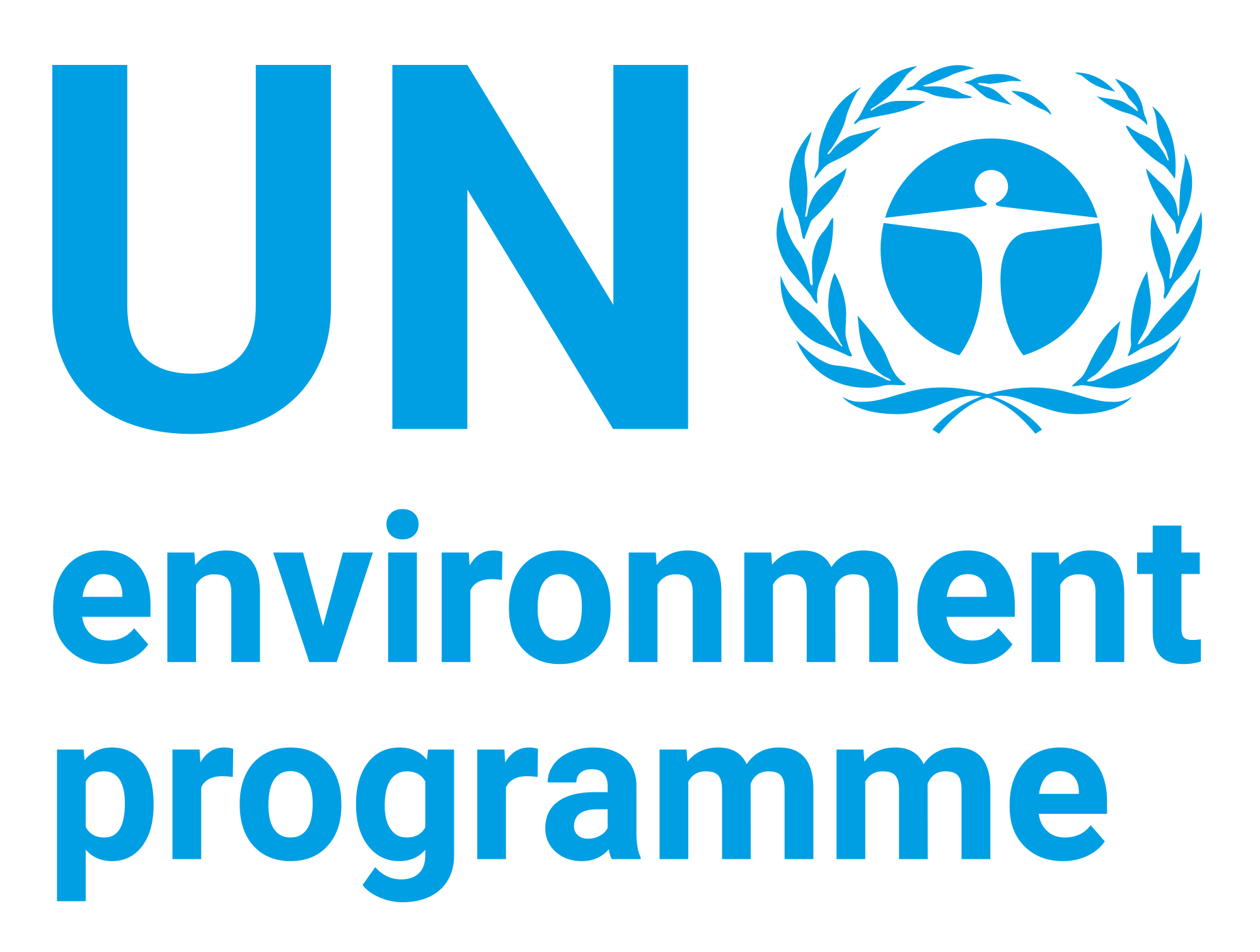Phosphine and Selected Metal Phosphides - Environmental Health Criteria 73
| dc.contributor | Economy Division | en_US |
| dc.contributor.author | United Nations Environment Programme | en_US |
| dc.contributor.author | World Health Organization | en_US |
| dc.contributor.author | International Labour Organisation | en_US |
| dc.coverage.spatial | Global | en_US |
| dc.date.accessioned | 2019-08-14T07:44:00Z | |
| dc.date.available | 2019-08-14T07:44:00Z | |
| dc.date.issued | 1988 | |
| dc.identifier.isbn | 92 4 154273 X | en_US |
| dc.identifier.uri | https://wedocs.unep.org/20.500.11822/29370 | |
| dc.description | Phosphine, or hydrogen phosphide, is a colourless gas which is odourless when pure, but the technical product usually has a foul odour, described as "fishy or "garlicky", because of the presence of substituted phosphines and diphosphine (P2H4). Other impurities may be methane, araine, hydrogen, and nitrogen. For fumigation, it is produced at the Site by hydrolysis of a metal phosphide and supplied in cylinders either as pure phosphine or diluted with nitrogen. Aluminium, magnesium (trimagnesium diphosphide) , and zinc (trizinc diphosphide) phosphides are the most commonly used metal phosphides for this purpose. | en_US |
| dc.format | Text | en_US |
| dc.language | English | en_US |
| dc.rights | Public | en_US |
| dc.subject | environmental health | en_US |
| dc.subject | chemical | en_US |
| dc.subject | metal | en_US |
| dc.subject | terrestrial ecosystem | en_US |
| dc.subject | aquatic ecology | en_US |
| dc.subject | micro-organism | en_US |
| dc.subject | aluminium | en_US |
| dc.subject | magnesium | en_US |
| dc.subject | zinc | en_US |
| dc.title | Phosphine and Selected Metal Phosphides - Environmental Health Criteria 73 | en_US |


